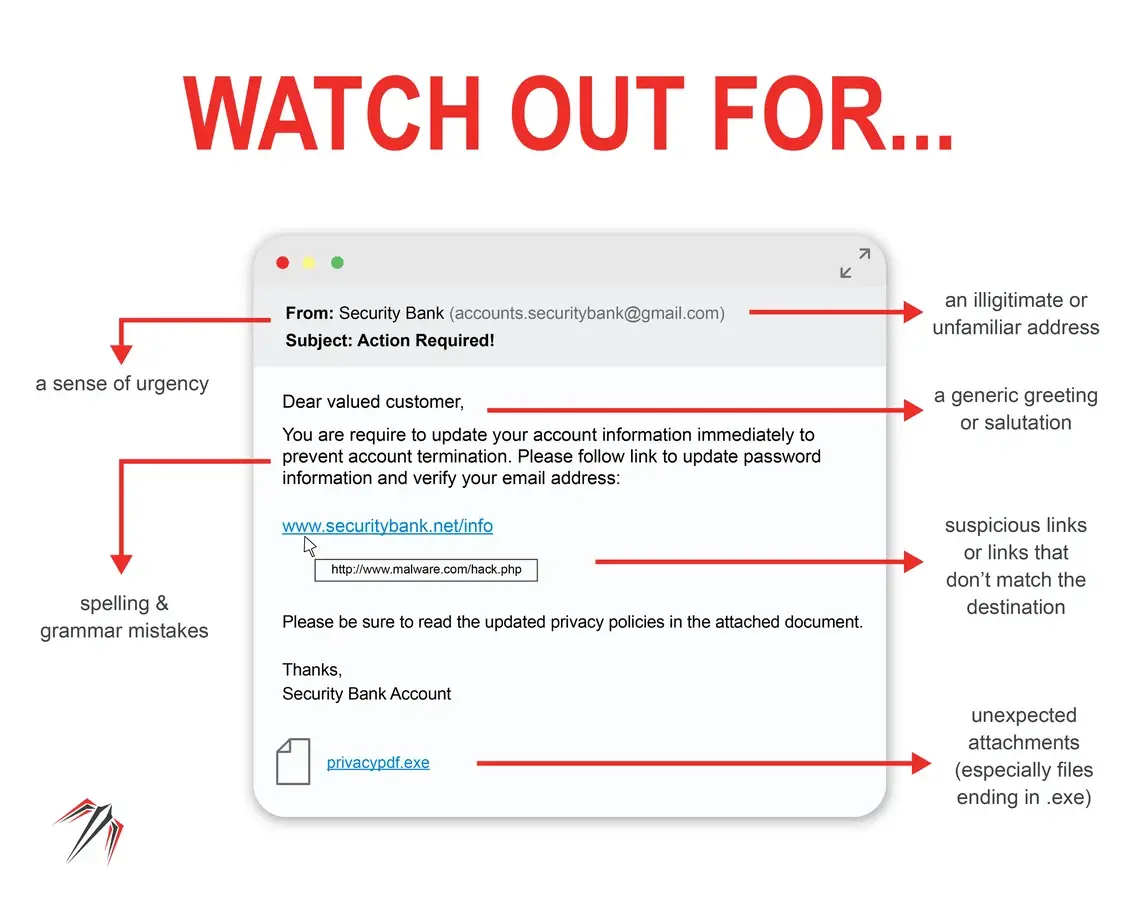Office 365 Security Hardening
As organizations increasingly move to the cloud, securing cloud-based systems becomes vital to maintaining data privacy and integrity. Office 365 is one such system that requires security hardening to ensure that it remains secure against evolving threats. Security hardening involves implementing various security measures to reduce vulnerabilities and improve the overall security posture of an organization’s Office 365 environment.
This subtopic will explore the importance of Office 365 security hardening, its benefits, and the steps organizations can take to enhance their Office 365 security posture.
Understanding The Threat Landscape For Office 365
Understanding the threat landscape for Office 365 is crucial to ensuring its security. Cybercriminals constantly evolve tactics, techniques, and procedures to exploit vulnerabilities in cloud-based platforms like Office 365. Threats such as phishing attacks, malware infections, and account takeovers are some of the most common methods attackers use. Moreover, with the increasing use of remote workforces and mobile devices, the risk of data breaches has also risen significantly.
Therefore, organizations need to comprehensively understand the threat landscape and implement appropriate security measures to protect their Office 365 environment from potential cyber threats.
Best Practices For Securing Office 365
- Enable multi-factor authentication for all users.
- Implement role-based access control to limit user privileges.
- Use data loss prevention policies to prevent sensitive data from being shared or leaked.
- Monitor and analyze audit logs regularly to identify potential security threats.
- Enable encryption for emails and files in transit and at rest.
- Conduct regular security awareness training for employees to promote safe computing practices.
- Maintain up-to-date antivirus and anti-malware software on all devices accessing Office 365 services.
Implementing Multi-Factor Authentication For Enhanced Security
Multi-factor authentication (MFA) is a crucial step toward enhancing the security of Office 365. It adds an extra layer of protection by requiring users to provide two or more forms of authentication, such as a password and a verification code sent to their phone or email. This significantly reduces the risk of unauthorized access even if the password is compromised. MFA can be easily enabled for all users in Office 365 through the admin center, and various factors can be selected based on organizational needs.
Implementing MFA should be a top priority for all organizations to secure their Office 365 environment.
Regularly Reviewing And Updating Security Policies
Regularly reviewing and updating security policies is essential in ensuring the continued protection of your Office 365 environment. Security policies should be reviewed periodically to assess their effectiveness and identify potential vulnerabilities. Updates should address any new threats or changes in business processes. This includes updating access control policies, implementing multi-factor authentication, reviewing data retention and deletion policies, and conducting regular employee security awareness training.
By regularly reviewing and updating security policies, organizations can proactively identify and mitigate risks before they become a problem.
Office 365 Security Hardening
Office 365 security hardening is crucial for organizations to protect their sensitive data and prevent cyber attacks. By implementing measures such as multi-factor authentication, data loss prevention, and encryption, businesses can significantly improve their security posture on the platform. However, as cyber threats continue to evolve, it is essential for organizations to stay up-to-date with the latest security features and best practices provided by Microsoft.
Future advancements in artificial intelligence and machine learning may also significantly strengthen Office 365 security. Businesses must remain vigilant and proactive in protecting their digital assets.

